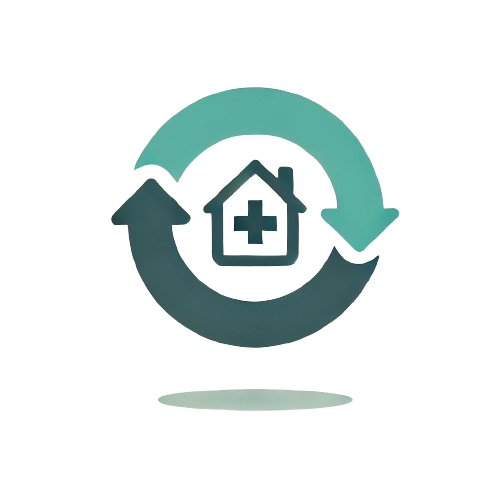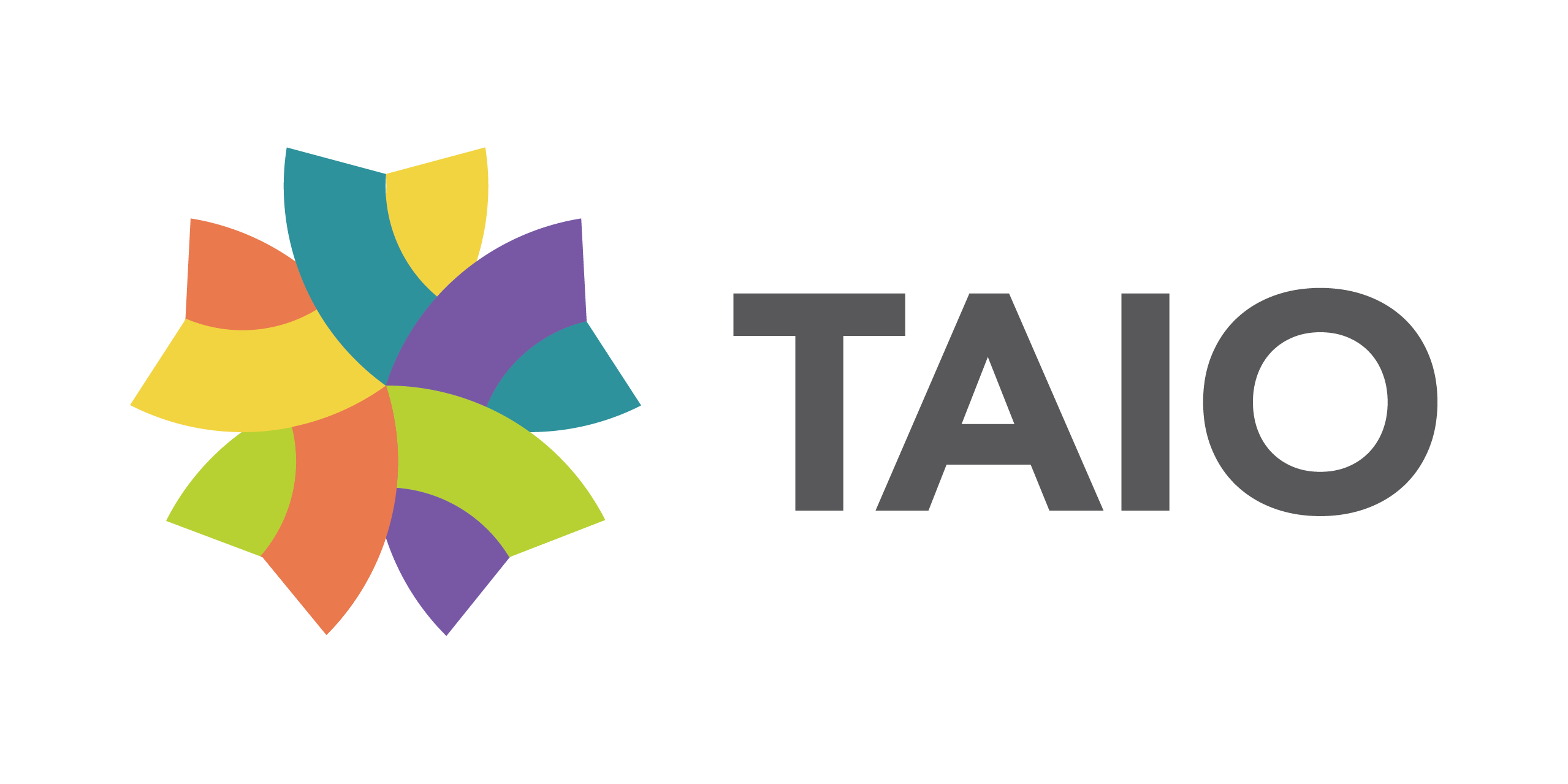In home healthcare, it’s important to get your patient’s medical record in order. Beyond filling out forms, accurate documentation affects your ability to take good care of your patients and make sure you’re able to collect on your billings.
Based on an article by Kaiser Foundation , an average of 17% of claims get denied, one reason which is documentation-related. This underscores how incorrect and incomplete documentation can disrupt your company’s cash flow and operation. Common issues range from not having all the details from patients to not getting clear notes from doctors.
It’s tough to keep track of every detail on your patient’s medical record, but getting it right is crucial. This article will discuss common documentation errors and offer practical solutions to keep your home healthcare business on track. At the end of this article is also a link to our free RCM Checklist.
On this page
Key Takeaways

Accurate medical documentation is key for effective patient care and ensuring successful insurance claims in home healthcare.

Using detailed checklists helps avoid common documentation mistakes, ensuring complete and accurate patient records.

Implementing standardized processes, regular training, and effective use of electronic health records (EHR) are vital steps to improve documentation quality and reduce errors.
What Constitutes Incorrect and Incomplete Documentation?
In the healthcare industry, incorrect and incomplete documentation happens when medical records fail to accurately capture a patient’s health story. It occurs when key details are either not recorded at all or are recorded incorrectly.
For example, a patient’s electronic medical records might not be fully detailed, or notes on their insurance could contain inaccuracies due to administrative errors or missing documentation.
The impact of such documentation discrepancies is far-reaching. They can lead to serious misunderstandings about a patient’s condition, potentially resulting in incorrect treatments. More than just a clerical error, these documentation issues are crucial for patient care.
Moreover, they can also significantly affect the operational aspects of your healthcare company. When insurers review claims, they rely on medical records. Missing or incorrect information often leads to claims being rejected, which can disrupt your company’s finances.
Ensuring accurate and complete documentation is not only a matter of quality patient care but also a critical component of a healthcare provider’s financial stability.
Consequences of Errors in Medical Records
Errors in medical records can have significant repercussions, affecting both patient care and the operational efficiency of your healthcare practice.
Impact on Patient Safety
Errors in a patient’s medical chart can lead to serious safety issues. Incorrect information can result in wrong diagnoses, inappropriate medication prescriptions, or unsuitable treatment plans. This not only endangers the patient’s health but can also result in a medical malpractice lawsuit.
Financial and Administrative Burdens
Medical record errors can cause financial strain for both patients and healthcare providers. They often lead to billing inaccuracies, insurance claim denials, and additional administrative work to rectify mistakes, increasing operational costs.
Legal and Compliance Issues
Documentation mistakes can result in legal challenges for healthcare providers. Non-compliance with regulatory standards, potential for medical malpractice suits, and breaches of patient confidentiality are some of the legal issues that can arise from documentation errors.
The Importance of a Documentation Checklist
A medical checklist is an essential tool for healthcare organizations. It acts as a comprehensive guide for professionals to capture all necessary patient information. This tool is critical in ensuring that no important detail, from patient history to treatment plans, is overlooked.
Implementing a medical checklist significantly enhances patient care. It helps in preventing clinical documentation errors and oversights, which are vital for patient safety and the effectiveness of treatments.
For healthcare providers, it translates to more precise and efficient operations, leading to streamlined claims management. It can also help in protecting you from medical malpractice lawsuits.
Medical Record Documentation Checklist
To ensure that your claims are processed smoothly by insurance companies, it’s crucial to have a thorough and accurate medical documentation checklist. This list covers all the essential elements needed for complete documentation:
- Patient Identification: Record the patient’s full name, date of birth, and any unique patient identifier. This is fundamental for accurate patient identification across the healthcare system.
- Date and Time of Visit: Note the specific date and time of the visit. This is crucial for billing purposes and maintaining an accurate medical record.
- Chief Complaint or Reason for Visit: Clearly state the reason for the patient’s visit, often in their own words, to provide context for the encounter.
- History of Present Illness (HPI): Include a detailed description of the patient’s current complaint, noting onset, duration, severity, characteristics, and any factors that aggravate or relieve the condition.
- Past Medical, Social, and Family History: Document the patient’s past medical events, pre existing condition, surgeries, family health history, and social habits. This information provides a broader understanding of the patient’s health background.
- Review of Systems (ROS): Conduct a systematic review of body systems to uncover any additional symptoms or health issues the patient might not have mentioned.
- Physical Examination Findings: Record detailed observations from the physical examination, focusing on relevant body systems.
- Diagnostic Test Results: Include the results of any tests or diagnostic procedures, such as lab tests or radiology reports.
- Assessment or Diagnosis: Present the physician’s interpretation of the patient’s condition, including any differential diagnoses if there’s uncertainty.
- Plan of Care: Outline a comprehensive treatment plan, detailing medications, therapies, follow-up tests, referrals, and patient education.
- Progress and Response to Treatment: For follow-up visits, note the patient’s progress and response to treatments previously administered.
- Future Plan/Next Steps: Describe the upcoming steps in treatment, including scheduling future visits, treatment adjustments, and patient responsibilities.
- Physician’s Signature and Credentials: Ensure that the patient’s medical chart is signed by the attending physician, including their professional credentials.
- Confidentiality Statement: Add a statement about patient confidentiality in accordance with HIPAA or other relevant privacy laws.
- Other Healthcare Providers Involved: If other healthcare professionals contribute to the patient’s care, document their roles and involvement.
Common Medical Documentation Errors and How to Correct Them

Medical documentation mistakes can significantly impact patient care and healthcare operations.
Identifying and addressing these errors is crucial for maintaining the integrity of your medical records and safeguarding patient safety. It also ensures that insurance companies will process your claims and that you will get paid for the services rendered.
Here are five of the most common errors and strategies for correction:
#1 Illegible Handwriting
Illegible physician handwriting in medical records can lead to serious misunderstandings and medical errors. To correct this, resident physicians are encouraged to use electronic health records (EHR) for entering data. Electronic records not only improve legibility but also enhance the accessibility of patient information across different healthcare settings.
#2 Incomplete Patient Information
Omitting crucial patient information, such as medical history or current medications, can lead to inadequate care for patients. Ensuring that all relevant details on a patient’s chart are fully completed is essential. Regular training sessions for healthcare staff on the importance of comprehensive data entry and the use of checklists can help mitigate this issue.
#3 Wrong Patient Information
Documenting information in the wrong patient’s chart is a critical error that can have dire consequences.
To prevent this, healthcare providers should always verify patient identifiers (name, date of birth, patient ID) at each stage of documentation. Implementing a double-check system or electronic prompts in health record systems can also reduce the incidence of such errors.
#4 Misuse of Medical Abbreviations
The misuse or misunderstanding of medical abbreviations can lead to wrong diagnosis, medication errors, and misinterpretations.
Standardizing abbreviations within a healthcare facility and encouraging staff to use full terms, especially in critical patient information, can help prevent transcription errors. Ongoing education about frequently confused medical terminology and misused abbreviations is also beneficial.
#5 Delayed or Missing Entries
Delayed clinical documentation or missing entries can result in a lack of continuity in patient care and legal complications.
To address this, healthcare providers should document patient encounters in real-time or as soon as possible after an event. Setting up reminders and allocating specific times for documentation can help ensure timely and complete record-keeping.
Read More: Improving RCM: Tackling 9 Home Healthcare Billing Errors and Maximizing Claims Reimbursement
How to Avoid Documentation Issues
Proper documentation is crucial in healthcare, and several strategies can significantly reduce common transcription errors.
Standardized Templates in EHR Systems
Employing standardized templates in electronic health record systems can streamline the documentation process. These templates ensure consistency and completeness of information, reducing the likelihood of omissions.
Regular Training on Electronic Health Record Use and Documentation
It’s important for doctors and staff to keep learning about how to use EHR systems well and why detailed documentation matters. Training sessions should have real-life examples and stories to show how to do things right. This helps everyone write good notes, avoid wrong abbreviations, and accurately document a patient’s condition.
Real-Time Clinical Documentation
Encouraging doctors to write down notes right during or just after a patient visit can really help cut down on mistakes from forgetting details. Using portable devices or mobile apps for EHR makes this a lot easier. This way, doctors can quickly and easily record important info while it’s still fresh in their minds.

Regular Audits and Feedback
Conducting regular audits of procedure notes and providing feedback can help identify and address common incomplete documentation errors, ensuring ongoing improvement.
Related Read: Denial Management in Home Healthcare: Proven Strategies to Strengthen Revenue with Outsourcing
Outsourcing and Specialist Review
Outsourcing to medical scribes or hiring specialists to review clinical documentation can ensure high-quality and accurate records. These professionals can focus on capturing comprehensive details and verifying that notes meet clinical and billing standards.
Final Thoughts on Medical Documentation Errors
Attention to detail and the right tools are key when dealing with documentation errors. By adopting practices like thorough checklists, real-time electronic documentation, and ongoing staff training, home healthcare providers can significantly improve their record-keeping.
Remember, good documentation is a crucial part of high-quality patient care and efficient business operations. As you move forward, consider implementing these strategies to enhance your documentation processes. Not only will this lead to smoother operations, but it will also ensure better patient outcomes.
To help you with Revenue Cycle Management, we’ve created this free RCM checklist which you can access here.
Frequently Asked Questions About Incorrect and Incomplete Medical Documentation
Common causes include miscommunication during patient handoffs, rushed documentation, and misinterpretation of clinical information.
Incomplete clinical documentation can lead to medical errors, delayed treatment, and miscommunication among healthcare providers, impacting patient safety and outcomes.
Yes, incorrect documentation can result in legal challenges, including disputes over medical malpractice and issues with compliance.
EHR systems help standardize records, provide real-time access to patient data, and can alert clinicians to potential errors or omissions. It can help you deal with easily avoidable errors such as inputting the wrong date.
Regular audits, ideally monthly or quarterly, can identify trends in errors and help healthcare providers improve their documentation practices.
Training should focus on proper use of EHR systems, understanding of common documentation pitfalls, and the importance of accurate, thorough patient records.




